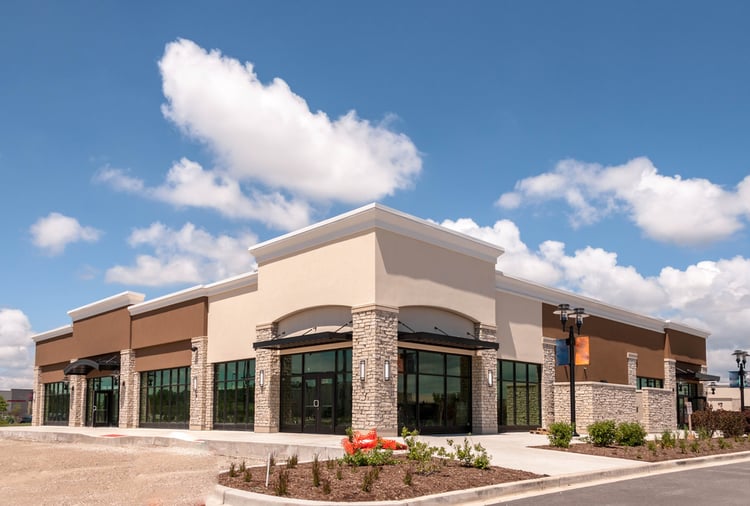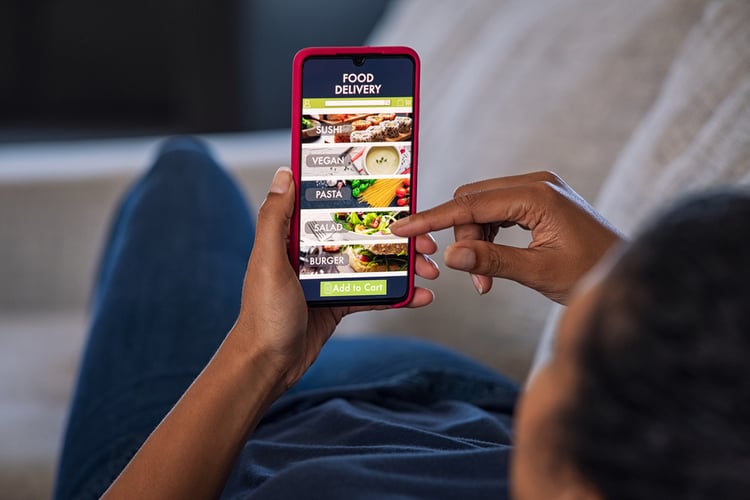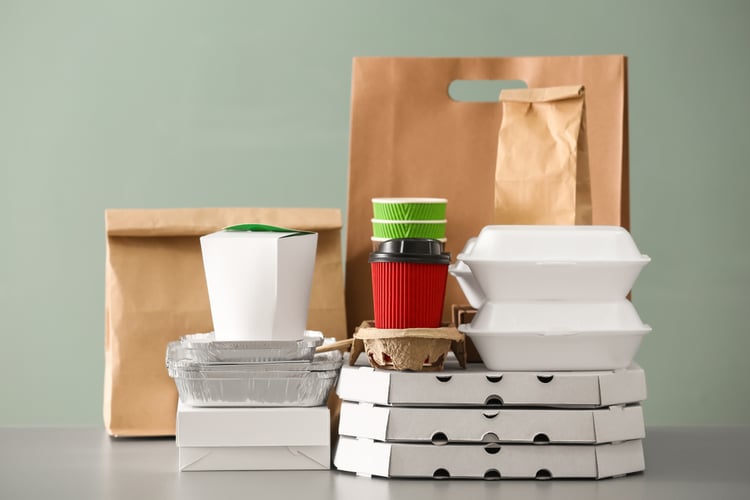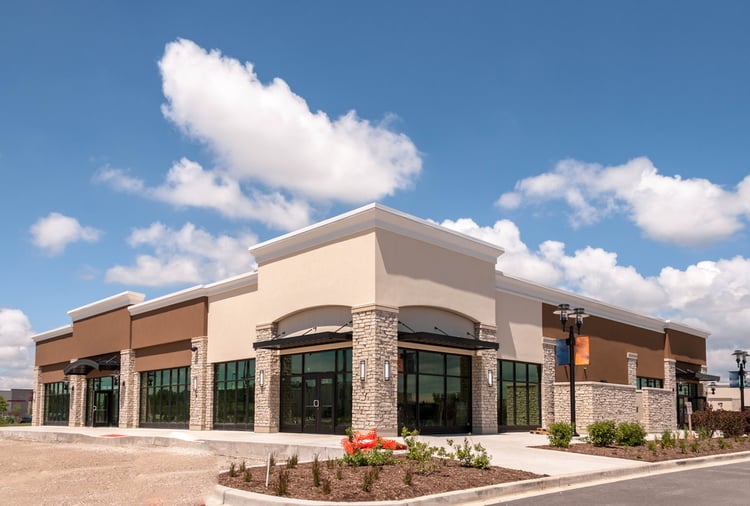E-commerce was already on the rise before 2020, but its growth was accelerated by the COVID-19 pandemic. Businesses of all types suddenly faced lockdowns and other restrictions, and online sales allowed them to remain operational. In the restaurant industry, this has been reflected in the rapid growth of ghost kitchens : commercial kitchens entirely dedicated to take-away and delivery, without face-to-face service.
Ghost kitchens are also known as “dark kitchens” or “cloud kitchens” and offer many advantages for restaurant owners who want to focus on the delivery market. In this article, we will discuss the three main advantages of having a ghost kitchen. They have lower operating costs than traditional restaurants while being more adaptable. A single ghost kitchen can be used for multiple menus and can easily be repurposed if you rebrand a restaurant online.
Are you starting a ghost kitchen? Get a professional MEP design and meet local codes.
1) Ghost kitchens have lower real estate and operating costs than restaurants

Compared to opening a traditional restaurant, starting a ghost kitchen is a much smaller investment. Firstly, you save all the costs associated with the dining area; This not only includes real estate costs, but also energy and water bills. This is a huge advantage of ghost kitchens considering that rents and energy prices are rising in the United States.
In addition to taking up less space than traditional restaurants, ghost kitchens also have lower adaptation costs . For a restaurant, you need to design and build a storefront that attracts customers. This is not necessary for a ghost kitchen, as marketing efforts will primarily be focused on delivery apps and social media.
Ghost kitchens also save on real estate costs thanks to location flexibility. Traditional restaurants rely heavily on being visible and easily accessible, and commercial spaces that meet this description are generally more expensive. On the other hand, a ghost kitchen only needs online visibility.
2) You can open multiple restaurants with a single ghost kitchen

Another advantage of ghost kitchens is being able to operate many online restaurants with the same commercial kitchen equipment . Restaurants typically project their brand image based on the food they serve, but this can also limit their ability to expand their menu. For example, if your restaurant is branded as pizza and you add tacos to the menu, they are less likely to be ordered. Opening a second restaurant with a different brand image is an option, but this comes with higher costs and financial risks.
Expanding your menu is much easier when you have a ghost kitchen. In this case, you can open a second “online restaurant” without renting another space and setting up a separate kitchen. You can use the same kitchen to prepare different types of food, and they can be offered on delivery apps under different restaurant names.
In addition to operational advantages, ghost kitchens emphasize the trend towards healthier and more sustainable eating habits by allowing the introduction of diverse menu options that meet this demand. It is increasingly important for restaurants to consider not only the way food is prepared, but also its nutritional impact. For those exploring meal alternatives that align with these health-conscious trends, you can learn how healthy meal kits are, offering information about their benefits beyond convenience.
When you divide a ghost kitchen menu into different restaurant concepts, customers can also choose their dish more easily. Instead of having a generic brand image with an extensive menu and different types of food, you can divide your business into multiple brands.
3) Ghost kitchens offer flexibility and adaptability

Compared to traditional restaurants, ghost kitchens can adapt to more locations. As mentioned above, a ghost kitchen only needs an online presence to be successful, and you don't need an attractive storefront on a busy street. The small size and location flexibility of ghost kitchens can also be used to your advantage: you can operate closer to customers, reducing delivery times .
Because ghost kitchens are smaller and more discreet than restaurants, they can be more easily installed in residential areas. Large commercial projects can face permitting issues and opposition from neighbors, but a compact ghost kitchen is more likely to be approved. Thanks to their smaller size, ghost kitchens can also fit into commercial spaces that might not be suitable for a restaurant with dining tables. Creating ghost kitchens is also a viable strategy for established restaurant chains that want to serve the home delivery market more efficiently.
A ghost kitchen can also be more easily repurposed if an online restaurant concept is not successful. When this happens to a traditional restaurant, rebranding can be very costly; Costs include designing a new brand, renovating existing space or even moving to another location. By using a ghost kitchen, the entire rebrand happens online at much lower costs.

